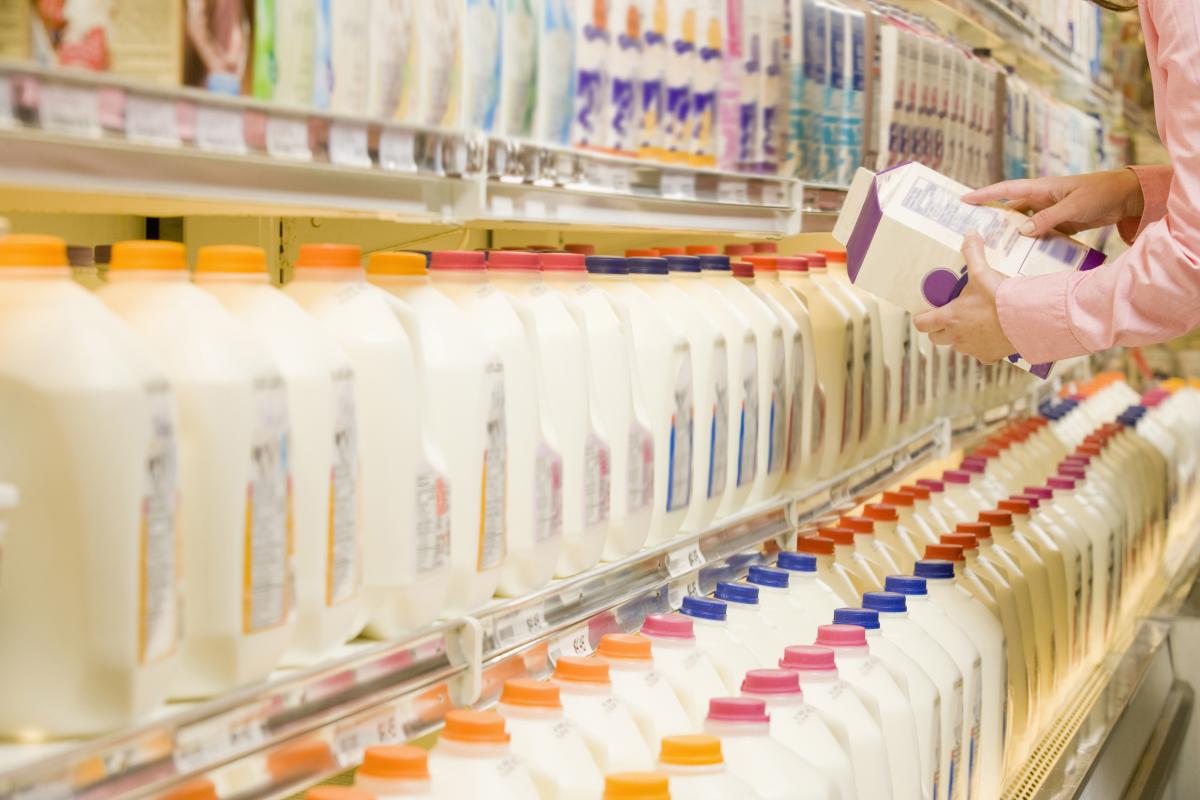New Food Labeling Regulation Should Not Disparage Biotechnology, NMPF Tells USDA
September 11, 2017
 As the U.S. Department of Agriculture (USDA) prepares to develop a regulatory standard for the labeling of bioengineered food ingredients, it must ensure that consumers receive clear, accurate information about the foods they eat, NMPF told the agency last month.
As the U.S. Department of Agriculture (USDA) prepares to develop a regulatory standard for the labeling of bioengineered food ingredients, it must ensure that consumers receive clear, accurate information about the foods they eat, NMPF told the agency last month.
In comments filed with USDA’s Agriculture Marketing Service, NMPF said it supports a strict, science-based approach in determining how foods made using bioengineering should be regulated. Since bioengineered foods have repeatedly been found to be completely safe by both domestic and international science organizations, NMPF said the new standard under review by USDA should focus on providing consumers accurate information, while discouraging misleading marketing tactics or meaningless absence claims.
NMPF’s comments were among many submitted to USDA by farm and food organizations that worked together last year to help pass the National Bioengineered Food Disclosure Standard, which was signed into law by President Barack Obama in July 2016.
There is “irrefutable scientific evidence that such foods are safe and not materially different from their conventional counterparts,” said NMPF President and CEO Jim Mulhern. However, he said, too many food companies utilize “fear-mongering” to vilify food biotechnology as they seek to profit from the consumer confusion surrounding its use.
In its comments, NMPF emphasized that Congress clearly recognized in the law that feeding farm animals grains developed through biotechnology has no effect on the meat and milk derived from those livestock. Thus, Mulhern noted, “dairy foods are not genetically modified products and therefore there is nothing to label.” More than 60 other nations around the world have biotech disclosure requirements, and none have labeling requirements on milk or meat from animals that may have consumed bioengineered grains.
National Milk stressed that the bioengineered food disclosure standard is really a measure to regulate food marketing, not food safety. Therefore, in determining the level of a substance needed for a product to be considered bioengineered, NMPF suggested that USDA use the same 5-percent threshold employed by the National Organic Program (NOP), another marketing program administered by the department. Under this approach, the minimum disclosure level for bioengineered ingredients would be 5 percent, below which mandatory label disclosure would not be required.
To avoid consumer confusion and the use of ambiguous labels, NMPF suggested that only two designations be used to disclose bioengineered foods: “contains bioengineered ingredients” and “may contain bioengineered ingredients.” It also insisted that any disclosure be “non-disparaging” to bioengineering technology.
USDA will review all the comments it received and use them in developing a proposed rule, to be issued in the months ahead. When issued, NMPF will review the proposed rule and submit comments on behalf of the dairy industry. A final rule is planned for July 2018.






